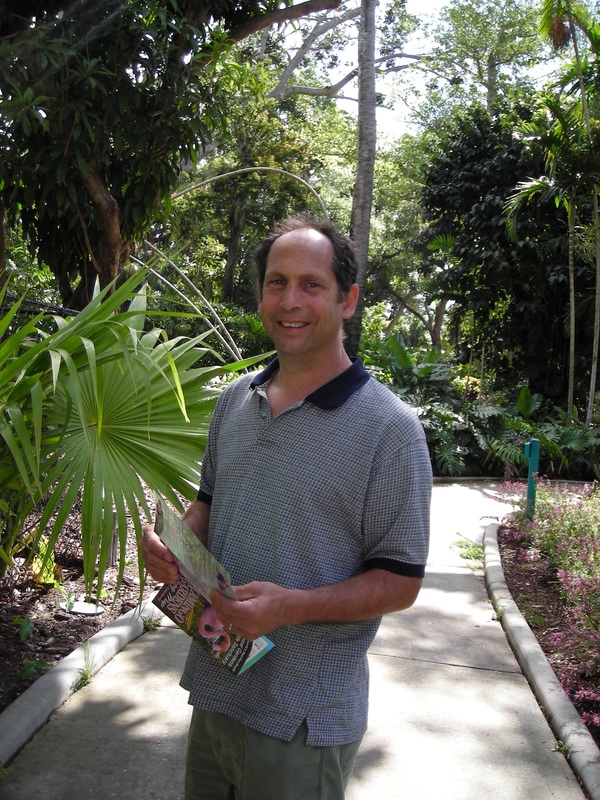not-two, not-three, straight ahead runs the Way.
Realizing the form of no-form as form, whether going or returning
we cannot be any place else.
Realizing the thought of no-thought as thought, whether
singing or dancing, we are the voice of the Dharma.
Something has changed when we go through the gate of the Great Death. A whole new way of experiencing the world opens up. There is an intellectual component to this change but just as important there is a definite shift in consciousness. It is difficult to describe. this shift. Many people would say we should not even try, it can only be understood from experience, but here is a description from the great Hakuin. This shift is to become quiet in our heads, without our usual babel and enter the realm of no-thought. And what we discover is that of course there is thought without internal dialogue, this is the root of all our thoughts. This is the thought which guides the athlete when there is no time for thought. This is the thought which allows us to just know what to do in a given situation or just see the answer to a problem. And this is the thought which clearly understands that the individual self is a fiction perpetuated by our internal dialogue. This is the thought which clearly understands that our whole dualistic way of seeing the world is perpetuated by our dualistic internal dialogue. This is the thought that clearly understands the oneness of cause and effect and the form of no-form as form. When we realize there is no individual self then the dichotomy of self and other breaks down and our whole dualistic way of seeing the world breaks down. Even the dualism of cause and effect breaks down. There is an over arching understanding of Oneness, not-two, not-three, straight ahead runs the Way.
This shift in consciousness is the fusion of samadhi and understanding. This is clear awake bright zazen.
Maybe more difficult then bringing zazen and understanding together is to add the third component of Zen practice, action. I find this the most difficult. I live the life of a layman, I am married with children and have a regular job. When I fight with my wife or get stressed about work I realize my practice is never complete. I think each practitioner finds this part of the practice difficult in different ways. Sometimes monks find it difficult to come out of the monastery and function. They become attached to samadhi and their understanding of Emptiness. For me this has not been the problem. The problem has always been the habits of ego based thought even though I don't believe in the individual self.
One time Harada Roshi said to me, to paraphrase, the practice is not really about not thinking. All sorts of thoughts arise in life, just don't be attached to them. Don't think this statement is permission to think away during meditation. During meditation we drop our thoughts by not being attached to them. But during the rest of life, out there working raising a family we become not attached to our thoughts through our underlying understanding of non-duality. This understanding of non-duality is necessarily incomplete, it comes with an understanding of our essential ignorance, that even the smallest events result from forces that span the Universe, the one body that is the True Self. Our attempts to understand and control events through dualisttic discrimination are necessarily incomplete. The acceptance of our ignorance is how we become non attached to our thoughts.
This practice of Zazen seems to open up our hearts. It takes the restraints off of our emotions and allows us to feel unbounded love and compassion. This love and compassion becomes the motivator for activity in life. How could it not when we drop discrimination and see the other as our self. This is non-duality in everyday life. This is the Bodhisattva's practice. But our practice asks us to detach ourselves from even these emotions, and we do it with our deep understanding of non-duality, our understanding that there is no individual or individuals who are in control of events. All we can do is partake in life.
The other day I heard on the radio a story on emergent intelligence. The example was the ant who has close to zero intelligence as an individual but as a group seems to act with much greater intelligence. Maybe we are also part of a much greater emergent intelligence. Facing the political and environmental issues of the day we certainly don't seem to act with great individual or collective intelligence, but we are looking at this from our limited human perspective. Maybe Life, the one Life, has a different agenda. Can we see with the eyes of non-duality? My Zen intuition tells me that the direction of life is toward it's own self awareness.

 RSS Feed
RSS Feed